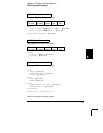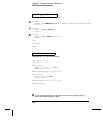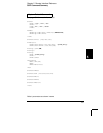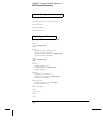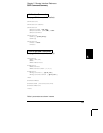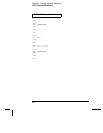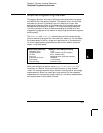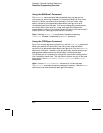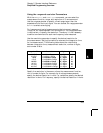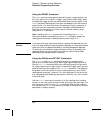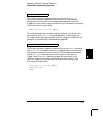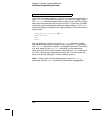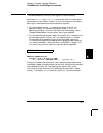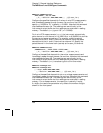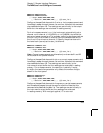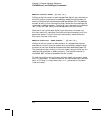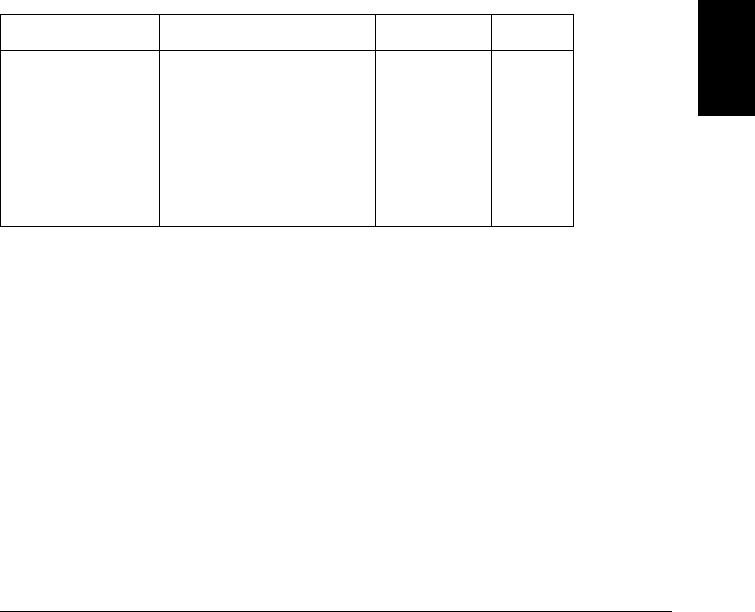
Using the range and resolution Parameters
With the MEASure? and CONFigure commands, you can select the
measurement function, range, and resolution all in one command.
Use the range parameter to specify a fixed range larger than the
expected value of the input signal. You can also set the range parameter
to AUTO to select autoranging.
For frequency and period measurements, the instrument uses one
“range” for all inputs between 3 Hz and 300 kHz. The range parameter
is required only to specify the resolution. Therefore, it is not necessary
to send a new command for each new frequency to be measured.
Use the resolution parameter to specify the desired resolution for
the measurement. Setting the resolution also sets the integration time
for the measurement. The following table shows the relationship
between integration time, measurement resolution, number of digits,
and number of bits.
Integration Time Resolution Digits Bits
0.02 PLC
0.2 PLC
1 PLC
2 PLC
10 PLC
20 PLC
100 PLC
200 PLC
< 0.0001 x Range
< 0.00001 x Range
< 0.000003 x Range
< 0.0000022 x Range
< 0.000001 x Range
< 0.0000008 x Range
< 0.0000003 x Range
< 0.00000022 x Range
4
1
⁄
2
Digits
5
1
⁄
2
Digits
5
1
⁄
2
Digits
6
1
⁄
2
Digits
6
1
⁄
2
Digits
6
1
⁄
2
Digits
6
1
⁄
2
Digits
6
1
⁄
2
Digits
15
18
20
21
24
25
26
26
Specify the resolution in the same units as the measurement function,
not in number of digits. For example, for dc voltage measurements,
specify the desired resolution in volts. For resistance, specify the desired
resolution in ohms. For frequency, specify the desired resolution in hertz.
5
Chapter 5 Remote Interface Reference
Simplified Programming Overview
203



